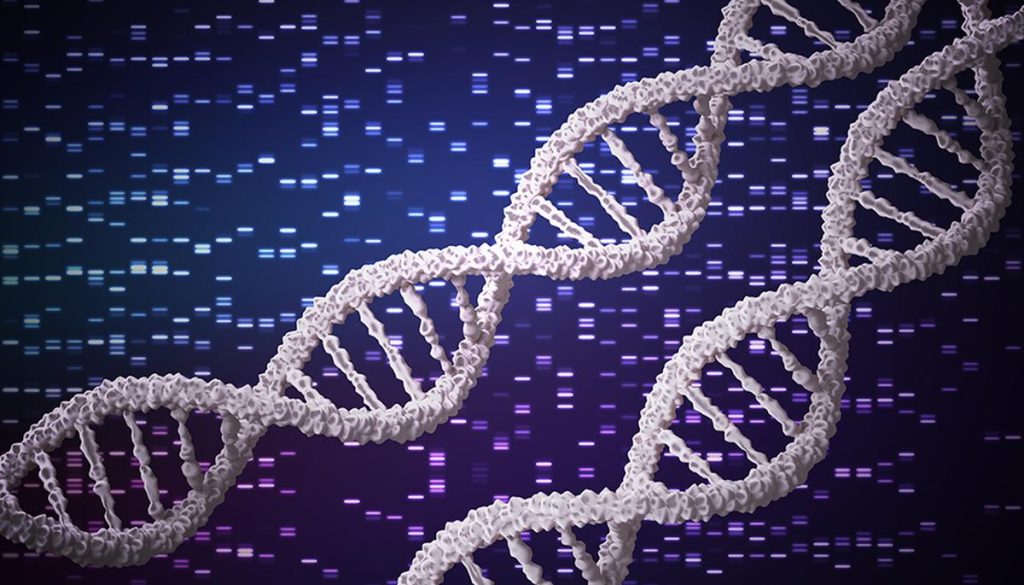Context:
Recently, a biotechnology company in the USA named Wave Life Sciences became the first company to treat a genetic condition in humans by editing RNA at the clinical level.
What is RNA Editing?
- Cells use DNA instructions to synthesize mRNA, which is then read to produce proteins. During this process, errors in mRNA can lead to faulty proteins, causing various disorders.
- RNA editing allows scientists to fix mistakes in the mRNA after the cell has synthesised it but before the cell reads it to make the proteins.
Working of RNA Editing:
- One such technique involves a group of enzymes called adenosine deaminase acting on RNA (ADAR).
- ADAR enzymes convert some of the adenosine blocks in mRNA to inosine, which acts like guanosine.
- This change helps the cell recognize and fix a problem in the mRNA, allowing the cell to produce normal proteins.
- Scientists use gRNA to direct ADAR to precise locations in the RNA sequence, ensuring targeted modification.
RNA v. DNA Editing
Safety and flexibility: DNA editing makes permanent changes to a person’s genome and sometimes this can lead to irreversible errors. On the other hand, RNA editing makes temporary changes, allowing the effects of the edits to fade over time.
Reduced Immunogenicity: DNA editing tools like CRISPR-Cas9 use bacterial proteins that can trigger immune reactions, while RNA editing relies on naturally occurring ADAR enzymes, lowering allergy risk.
- This makes RNA editing safer for patients needing repeated treatments or with immune sensitivities.
Precision in Treating Single-Point Mutations: RNA editing is particularly suitable for correcting single-point mutations without altering the genome, making it ideal for various inherited disorders.
Challenges in RNA editing
Specificity Issues: ADARs can perform adenosine-inosine changes in both targeted and non-targeted parts of mRNA, or skip the targeted parts altogether.
- When ADARs don’t align with the adenosine of interest, potentially serious side-effects could arise.
Transience of RNA Editing: Temporary edits necessitate repeated treatments to maintain therapeutic benefits, increasing treatment complexity.
Delivery Limitations: Current methods to deliver the gRNA-ADAR complex, such as lipid nanoparticles and adeno-associated viruses (AAV), face limitations in terms of carrying large molecules, thus restricting RNA editing’s scope.
Way Ahead
- RNA editing offers a new paradigm in molecular medicine, addressing where DNA editing falls short in terms of flexibility and safety.
- Although RNA editing is in its nascent stage, there are already at least 11 biotechnology companies worldwide developing RNA editing methods for a range of diseases.
- As research and clinical trials advance in the field of RNA editing, it seems like only a matter of time before RNA editing becomes a fixture of the gene-editing toolkit in clinical practice.

